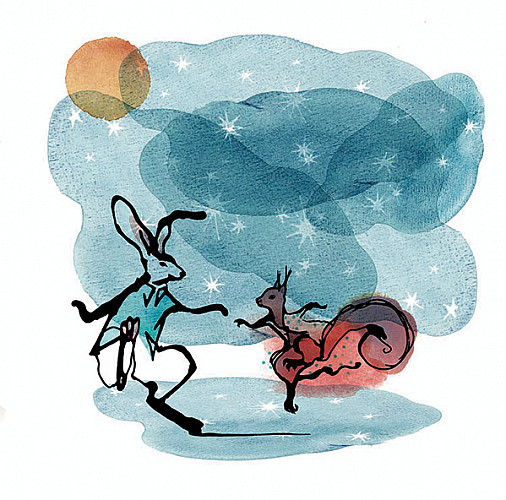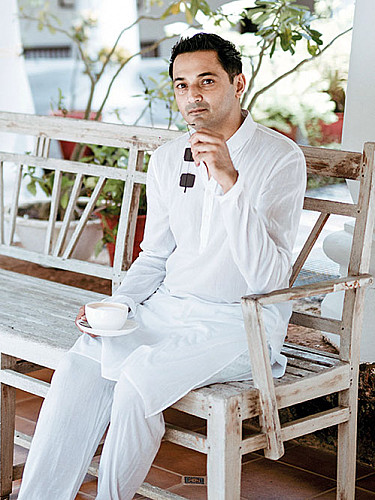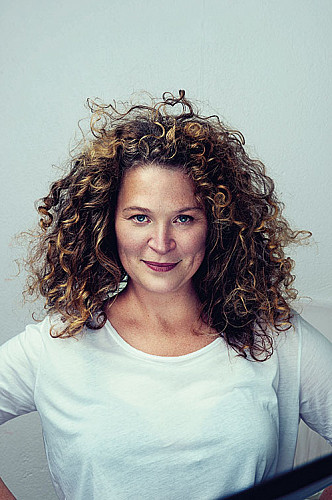Siddharth Dhanvant Shanghvi Pens A Note On The Effects Of Harsh Critiquing
A recent report about the death of a banker — who coincidentally shares the same name as mine, with a minor difference in last name — resulted in a dark comedy of errors. A newspaper piece carried my photograph instead of the deceased gentleman’s. Several people called my sister in a panic. Friends wrote to me asking, gingerly, if I was ok. I was on work in London and the first thing that came to me was: ‘Wow, this news would delight my critics to no end’.
When I was 26, I had published my first novel, The Last Song of Dusk. I quickly became the subject of some pretty nasty criticism — some deserved, some unwarranted. I wish I might say it did not matter. Of course, it did. There were days I felt like I was pulling myself out of a car crash. On other days I simply wondered — but why? I was fresh out of college, this was my first book. No doubt, the writing was young — the book should have been edited sternly. But seriously, guys, did you need to take it apart, and me, with this much zeal?
Later, when I began to review books, I decided to only ever write about those I wanted a friend to read. They were not so much reviews as enthusiasms; passionate, ebullient, hopefully illuminating endorsements of a writer’s brave engagement with solitude and a celebration of the depth, range, scale and vision of the book. On several occasions, I simply did not review a book that did not engage me. It was simpler to set it aside than have a go at it in print. Neglect, in some senses, was a form of compassion. After all, who needs to be told that they should not read a book? The reader doesn’t need to know; the writer would be distraught. The discreet way out was silence.
As I was readying to bring out a little fable last month, The Rabbit & The Squirrel — A Love Story About Friendship, I glanced back at the harsh memories of initial criticism. I became immune to it eventually. That’s because I’m tough as nails, and because the books succeeded. Gradually, I lost interest in the culture of publishing, and the slightly fraudulent literary life of parties and festivals. But, for other younger writers starting out with a dream — our future curators of language, the oddball technicians of solitude, mixologists of identity and beauty — it might not be as it had been for me. They might not be as hard as I — or as indifferent. Perhaps their first and second books might be mediocre but greatness could creep into later works, like unexpected shadows. Can we give them the room they need to become who they are meant to be?
I wonder if there is a code of compassionate conduct we can follow while reviewing — to endorse what we love, and to abandon to silence what fails our interest. In an ecology where social media is prevalent and where expression is often president, silence might pay tribute to elegance.
The finishing touch
Swedish artist and writer Stina Wirsén on the mood and muse of The Rabbit and The Squirrel — A Love Story About Friendship.
Why did Siddharth Dhanvant Shanghvi’s touching modern fable appeal to you?
It is a beautiful, poignant tale about life and love. Siddharth read it to me and my husband. It was a magical moment. The Rabbit and the Squirrel were present in the room. My imagination responded to his act of reading.
What governed your choice of medium and style?
The language is so beautiful, I wanted to work as closely as possible in a classic illustration tradition, adding a twist, as Siddharth has worked with the words, bringing moments of lightness and unexpected charm. I worked intuitively, following the emotions that came as I read the story.
Apart from the narrative, have you drawn from your childhood influences in your illustrations?
Yes. And also from illustration traditions as established by Beatrix Potter and many others!
Which of the images in the work would you say are the most emotive?
That is not for me to say — it is up to each one who ‘meets’ the story, reads and experiences it
– Shraddha Jahagirdar-Saxena
Related posts from Verve:
Verve Trending
Sorry. No data so far.
us on Facebook to stay updated with the latest trends








